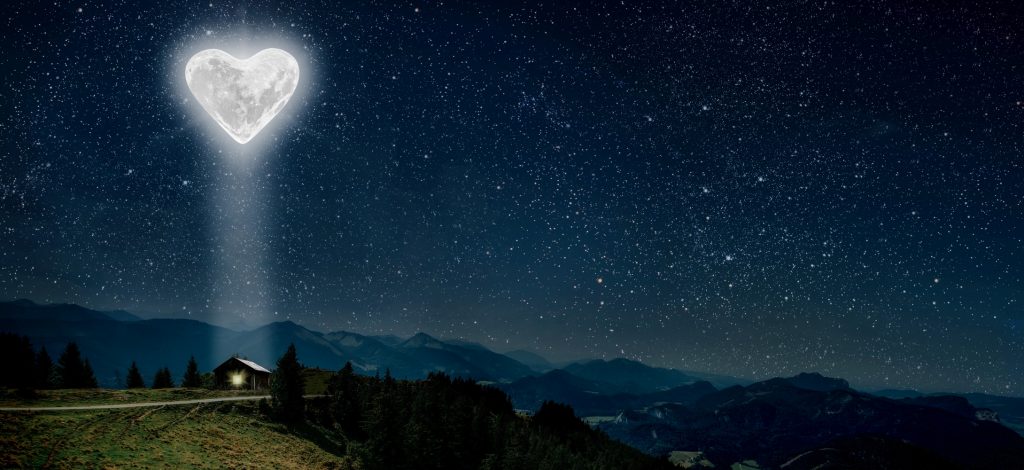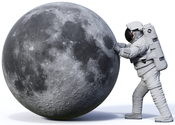Naming a star after someone – your husband or wife, your child, a parent, grandparent, or a friend – is one of the most enduring gifts in the universe. Hundreds of thousands of stars have been named after hundreds of thousands of people, maybe even you!
But have you ever looked up in the sky at night and wondered which one was which?
The brightest, most visible stars have been known to humankind for thousands of years, and have had names for just as long – they are all cataloged and official (right here) – but there are billions of other stars that are barely visible (if they are visible at all) that have long alphanumeric-coded names that most of us earthbound souls couldn’t identify if the Hubble (or James Webb) telescope was parked in our attic.
And then … there’s the Moon.
The Moon, or some part of it, is visible to nearly all of us every day of the year.
Go to Bali, Boston or Barcelona, and there’s that same beautiful Moon looking down at you from the sky – unlike that nondescript star over there that may (or may not) be yours.

Naming A Crater On The Moon
You could be in Singapore or Sydney, apart from the one you love, and yet the same Moon will be shining down on both of you. Perhaps you’ve lost someone important to you – your spouse, a parent or grandparent, or a child – and are seeking a memorial that will endure through eternity.
Under the provisions of the International Lunar Lands Authority, even smaller craters – those smaller than 2 kilometers in diameter, or about the length of the Golden Gate Bridge from end to end – will be preserved for posterity and cannot be developed or altered in any way.

That means that even many generations from now, your crater on the Moon will still be there, and will still be named for you or your loved one, to be viewed by your children, and their children, and their children’s children.
